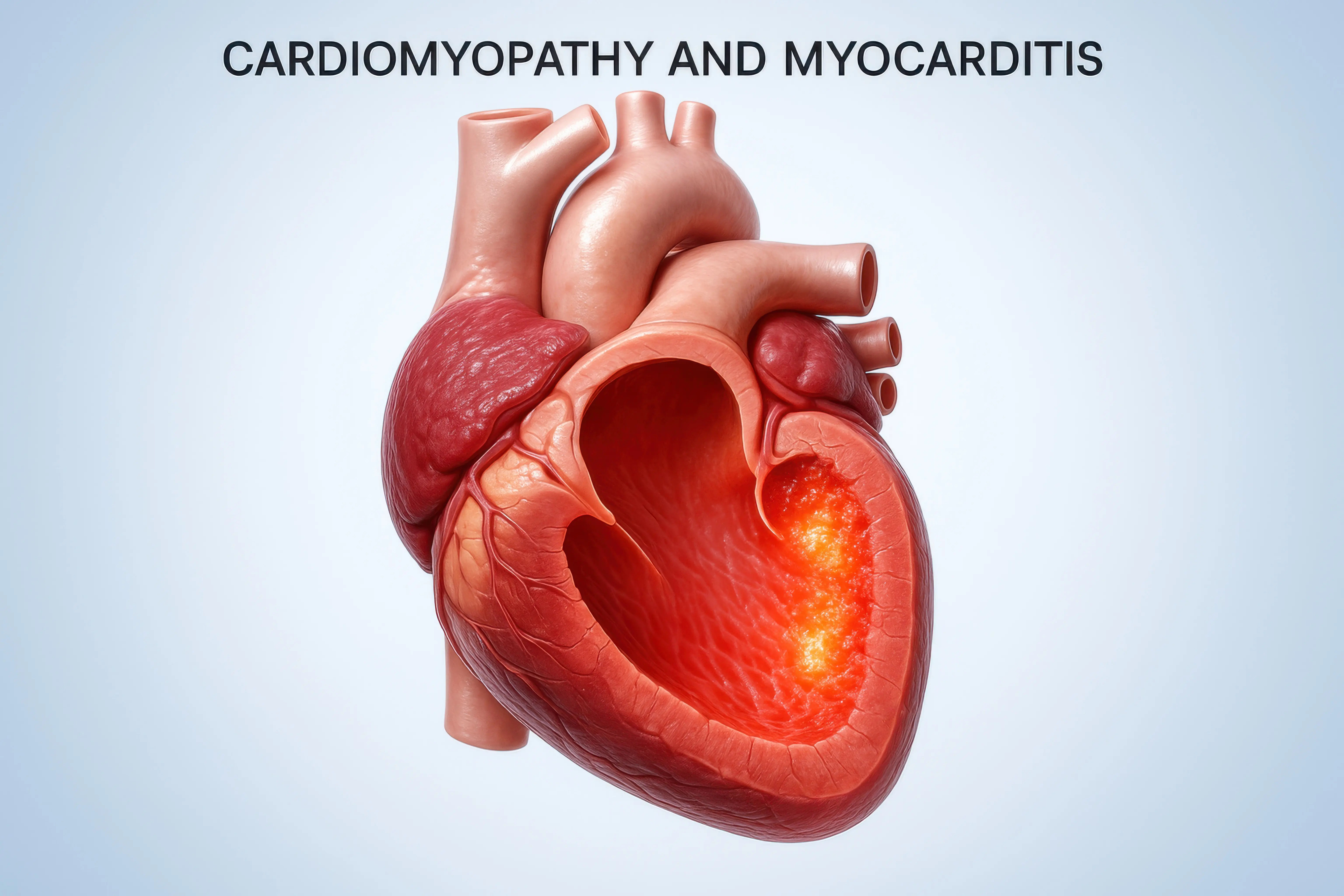A Beginner's Guide to Micro-Laparoscopic Surgery: Benefits & Recovery
Discover micro-laparoscopic surgery, its benefits, recovery process, and how it compares to traditional laparoscopy. Learn if this minimally invasive option is right for you.

.webp?tr=q-80,f-webp,w-350,dpr-2,c-at_max 700w)
Introduction
For anyone facing the prospect of abdominal surgery, the words "operation" and "incision" can be daunting. But what if you could undergo a major procedure with incisions so small they barely leave a mark and a recovery so swift you're back on your feet in days, not weeks? This is the promise of micro-laparoscopic surgery, a significant advancement in the field of minimally invasive care. This guide will demystify this innovative technique, comparing it to traditional methods, outlining what to expect, and helping you understand if it could be the right choice for your health journey. We'll explore the key benefits, from dramatically reduced scarring to faster healing times, providing you with the knowledge to have an informed discussion with your surgeon.
What is Micro-Laparoscopic Surgery? The Next Generation of Minimally Invasive Care
Micro-laparoscopic surgery, often called "needlescopic" or "mini-laparoscopic" surgery, is a refined version of conventional laparoscopy. While traditional laparoscopy is already minimally invasive, using small incisions and a camera (laparoscope), micro-laparoscopy takes it a step further. It utilises ultra-fine instruments, typically between 2 to 3 millimetres in diameter—about the size of a needle. This is a substantial reduction from the 5 to 10-millimetre instruments used in standard laparoscopy.
The core principle remains the same: the surgeon makes a few small incisions in the abdomen. Through one incision, a tiny high-definition camera is inserted to project a magnified view of the internal organs onto a monitor. The other incisions serve as ports for the specialised micro-instruments. The surgeon then performs the procedure by manipulating these instruments while watching the screen. The primary advantage lies in the minimal tissue disruption. Smaller instruments mean smaller incisions, which directly translates to less trauma to the abdominal wall muscles and skin, paving the way for the celebrated benefits of reduced post-operative pain and minimal scarring. If you are investigating minimally invasive surgery options, understanding this distinction is crucial.
Micro-Laparoscopy vs. Traditional Laparoscopy: A Clear-Cut Comparison
While both techniques are far superior to open surgery, the differences between micro and traditional laparoscopy are significant and can greatly impact your surgical experience.
Incision Size and Cosmetic Results
This is the most visible difference. Traditional laparoscopic incisions are typically 5-15 mm long, which often require stitches and can leave small but noticeable scars. Micro-laparoscopic incisions, at just 2-3 mm, are so small they often don't require sutures—a steri-strip (a type of adhesive bandage) is usually sufficient. These tiny incisions heal remarkably well, frequently becoming almost invisible over time, addressing a major concern for many patients about cosmetic outcomes after abdominal surgery.
Post-Operative Pain and Discomfort
Larger incisions inevitably cause more tissue damage, leading to greater pain around the incision sites. The smaller ports used in micro-laparoscopy significantly reduce this source of pain. Patients consistently report requiring less pain medication and experiencing a greater level of comfort immediately after surgery. This is a key factor in the enhanced recovery protocol associated with this technique.
Health topic carousel:
Doctor's speciality: General Surgeon
Text: Consult a Specialist for the best advice
Recovery Time and Return to Normal Life
Reduced pain and tissue trauma naturally lead to a faster recovery. Patients who undergo micro laparoscopic gallbladder surgery or similar procedures often experience a shorter hospital stay (sometimes even same-day discharge) and a quicker return to daily activities, work, and light exercise. While recovery varies by individual and procedure, shaving days or even weeks off the healing process is a common and highly valued benefit.
Common Conditions Treated with Micro-Laparoscopic Techniques
The applications for micro-laparoscopy are broad and continue to expand as surgical technology advances.
Gynaecological Procedures (e.g., Ovarian Cyst Removal, Tubal Ligation)
In gynaecology, micro-laparoscopy is a game-changer. It is ideally suited for procedures like diagnostic laparoscopy for endometriosis, ovarian cystectomy (cyst removal), and tubal ligation (permanent contraception). The precision and minimal invasion lead to less internal scarring (adhesion formation), which is particularly important for preserving fertility.
General Surgery (e.g., Gallbladder Removal, Appendicectomy)
Gallbladder removal (cholecystectomy) is one of the most common procedures performed using micro-laparoscopic techniques. Appendicectomies and certain types of hernia repairs are also well-suited for this approach. The benefits of a swift recovery are especially appreciated in these common surgeries.
Urological Procedures (e.g., Prostate Surgery)
Urologists employ micro-laparoscopic techniques for procedures like varicocelectomy (treatment of enlarged veins in the scrotum) and even in more complex surgeries like prostatectomies, where nerve-sparing precision is critical.
What to Expect: The Micro-Laparoscopic Surgery Journey
Preoperative Preparation and Consultations
Your journey begins with a detailed consultation with your surgeon. They will determine your candidacy based on your medical history and the specific condition. You may undergo preoperative tests, which Apollo24|7 offers convenient home collection for, such as blood tests to check your HbA1c levels or liver function. It's essential to discuss all your medications and follow fasting instructions before the surgery.
A Step-by-Step Look at the Surgical Procedure
You will receive general anaesthesia. The surgeon will make 2-4 tiny incisions. Your abdomen is gently inflated with carbon dioxide gas to create a working space. The laparoscope and instruments are inserted, and the surgery is performed while the surgical team monitors the high-definition screen. After completion, the gas is released, instruments are removed, and the miniature incisions are closed with a single stitch or adhesive.
The Immediate Post-Op Period in the Hospital
You will wake up in a recovery area. Thanks to the minimally invasive nature, you'll likely be able to sit up, drink fluids, and walk around much sooner than after open surgery. Pain is typically managed effectively with oral medication. Many patients are discharged the same day or after a short 23-hour observation.
The Recovery Roadmap: Healing After Micro-Laparoscopy
Recovery is notably faster. You can expect some soreness at the incision sites for a few days, but significant pain is uncommon. Most people return to non-strenuous work within a week. Strenuous activities and heavy lifting should be avoided for about 4-6 weeks as your internal tissues heal completely. Your surgeon will provide specific guidelines. It's vital to attend follow-up appointments; if any concerns like persistent fever or redness arise, consult a doctor online with Apollo24|7 for immediate guidance.
Weighing the Pros and Cons: Is Micro-Laparoscopy Right for You?
Pros:
Minimal scarring
Reduced post-operative pain
Shorter hospital stay
Faster return to normal activities
Less internal scar tissue (adhesion) formation
Cons:
Not suitable for all patients or very complex cases (e.g., large tumours, extensive scar tissue from previous surgeries).
Requires a surgeon with specialised training and equipment, which may not be available at all centres.
The fine instruments may offer less leverage for certain manoeuvres compared to standard tools.
The decision is made collaboratively between you and your surgeon based on your unique clinical situation.
Conclusion: Embracing a Less Invasive Future
Micro-laparoscopic surgery represents a significant leap forward in patient-centred surgical care. By minimising the physical trauma of surgery itself, it transforms a potentially lengthy and painful recovery into a much more manageable experience. The emphasis on tiny incisions and precision instruments aligns with the goals of modern medicine: achieving the best possible outcomes with the least amount of disruption to the patient's life. If you are considering a surgical procedure that could be performed laparoscopically, asking your doctor about the availability and suitability of micro-laparoscopic techniques is a powerful first step in advocating for your own health and well-being. This approach truly allows you to get back to living your life, faster and with greater comfort.
Frequently Asked Questions (FAQs) About Micro-Laparoscopic Surgery
Is micro-laparoscopic surgery more expensive than traditional laparoscopy?
While the specialised instruments may have a higher cost, this is often offset by the shorter hospital stay and reduced need for pain medication. The overall cost difference is usually minimal, and the value in terms of recovery and cosmetic outcome is significant. It's best to check with your insurance provider and hospital for specific costing.
Are the results and success rates of micro-laparoscopy as good as traditional methods?
Yes, for the procedures it is designed for, micro-laparoscopy has been shown to be equally effective, if not superior, in terms of surgical outcome. The key advantage is the enhanced recovery experience, not a compromise on the quality of the procedure itself.
How long do the tiny scars from micro-laparoscopy take to fade?
The incisions heal very quickly. The initial redness typically fades within a few weeks, and over several months to a year, the scars often become faint lines that are very difficult to see.
Can micro-laparoscopy be used for emergency surgeries like a ruptured appendix?
In many cases, yes. Laparoscopic appendicectomy is standard for appendicitis. If the surgeon is trained and the patient's condition is stable, a micro-laparoscopic approach can be attempted. However, complex cases with widespread infection might require traditional laparoscopy or open surgery for better control.
What are the potential risks or complications?
The risks are similar to traditional laparoscopy, including reactions to anaesthesia, bleeding, or infection, but the incidence is generally lower due to smaller incisions. There is a small risk that the surgeon may need to convert to a standard laparoscopic or open procedure if unexpected challenges arise.
Health topic carousel:
Doctor's speciality: General Surgeon
Text: Consult a Specialist for the best advice




